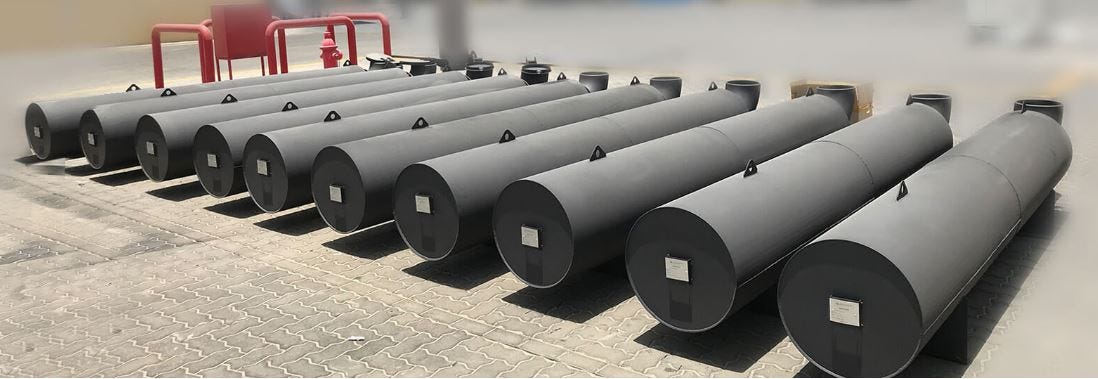
In the realm of power generation, whether for residential backup or industrial applications, efficiency and environmental considerations play pivotal roles. Among the various components crucial to optimizing generator performance, the exhaust silencer stands out as a key contributor to both operational efficiency and environmental stewardship.
Understanding the Generator Exhaust Silencer
A generator exhaust silencer, often underestimated in its significance, serves multiple essential functions beyond just reducing noise levels. Primarily, it mitigates the noise generated by the exhaust gases expelled during the combustion process, making it an indispensable component in environments where noise pollution must be minimized. This includes residential areas, hospitals, and places where noise-sensitive operations are conducted.
Beyond noise reduction, these silencers play a critical role in enhancing the overall efficiency of the generator. By effectively managing exhaust flow and temperature, they contribute to maintaining optimal operating conditions within the engine. This, in turn, improves fuel efficiency and extends the lifespan of engine components, thereby reducing maintenance costs and enhancing reliability.
Types and Construction
Generator exhaust silencers come in various types and configurations tailored to different generator models and applications. Common types include reactive silencers, absorptive silencers, and combination silencers, each designed to attenuate noise through different mechanisms.
Reactive silencers utilize reflection and absorption to reduce noise, making them effective across a broad range of frequencies. Absorptive silencers, on the other hand, rely on sound-absorbing materials such as fibreglass or mineral wool to dampen noise. Combination silencers integrate both techniques, offering comprehensive noise reduction capabilities.
In terms of construction, these silencers are typically made from robust materials like stainless steel or aluminium to withstand high temperatures and corrosive exhaust gases. The design incorporates baffles, chambers, and acoustic packing materials strategically to achieve optimal noise reduction without compromising on airflow dynamics.
Benefits Beyond Noise Reduction
While noise reduction remains a primary benefit, the advantages of using generator exhaust silencers extend beyond acoustic comfort:
1. Environmental Impact
By reducing noise pollution, silencers contribute to a more environmentally friendly operation, particularly in urban and residential settings where stringent noise regulations apply.
2. Enhanced Safety
Lower noise levels contribute to a safer working environment by reducing distractions and potential hazards associated with high noise exposure.
3. Operational Efficiency
Improved exhaust flow management enhances the overall efficiency of the generator, resulting in better fuel economy and reduced emissions.
4. Compliance and Adaptability
Modern silencer designs are often compliant with environmental regulations and can be adapted to specific generator configurations and installation requirements.
Applications and Industry Trends
The application of generator exhaust silencers spans across various industries and sectors:
- Residential: Ensuring quiet operation for home backup generators, minimizing disturbance to residents.
- Commercial: Facilitating uninterrupted power supply in hospitals, hotels, and offices while adhering to noise regulations.
- Industrial: Supporting heavy-duty generators used in construction sites, mining operations, and manufacturing plants, where reliability and efficiency are paramount.
Future Directions and Innovations
As technology advances, so do the capabilities of generator exhaust silencers. Emerging trends include:
- Smart Integration: Silencers equipped with sensors and actuators to monitor exhaust parameters and adjust performance dynamically.
- Material Advancements: Development of lightweight yet durable materials to enhance efficiency and reduce environmental footprint.
- Customization: Tailoring silencer designs to meet specific noise reduction and performance requirements for diverse applications.
Conclusion
In conclusion, the generator exhaust silencer represents more than just a noise reduction device—it is a critical component that enhances efficiency, ensures compliance with environmental regulations, and promotes a safer and more comfortable operating environment. As industries continue to prioritize sustainability and efficiency, the role of these silencers will only grow in importance, driving innovation and improvement in generator technology. By investing in high-quality exhaust silencers, stakeholders can achieve not only quieter operations but also significant operational and environmental benefits, making them indispensable in modern power generation applications.




